The Ancient English Morris Dance
£26.20£28.50 (-8%)
The idea that morris dancing captures the essence of ancient Englishness, inherently carefree and merry, has been present for over 400 years. The Ancient English Morris Dance traces the history of those attitudes, from the dance’s introduction to England in the fifteenth century, through the contention of the Reformation and Civil War, during which morris dancing and maypoles became potent symbols of the older ways of living. Thereafter it developed and diversified, neglected and disdained, until antiquaries began to take an interest in its history, leading to its re-invention as emblematic of Victorian concepts of Merrie England in the nineteenth century. The quest for authentic understanding of what that meant led to its revival at the beginning of the twentieth century, but that was predicated on the perception of it as part of England’s declining rural past, to the neglect of the one area (the industrial north-west) where it continued to flourish. The revival led in turn to its further evolution into the multitude of forms and styles in which it may be encountered today.
Read more
Additional information
| Publisher | Archaeopress (30 Mar. 2023) |
|---|---|
| Language | English |
| Paperback | 530 pages |
| ISBN-10 | 1803273860 |
| ISBN-13 | 978-1803273860 |
| Dimensions | 17.4 x 3 x 24.41 cm |

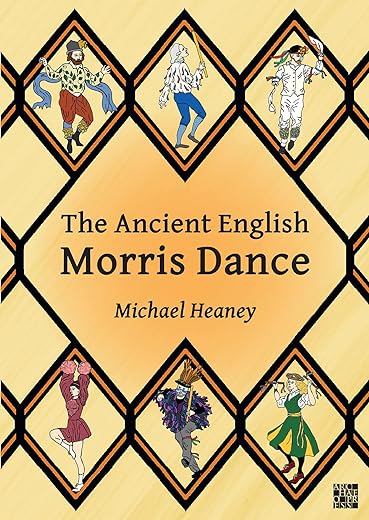


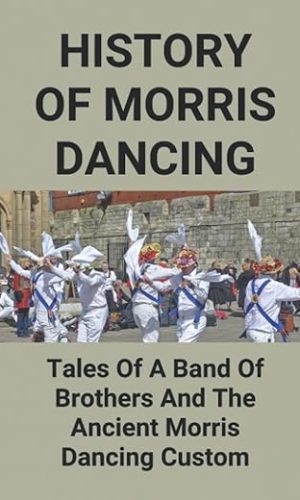
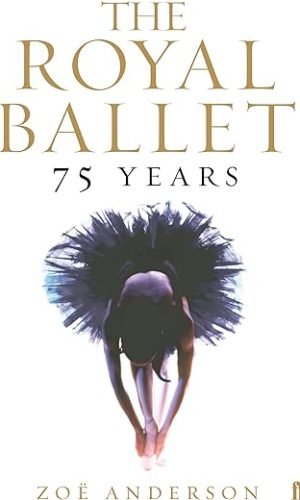

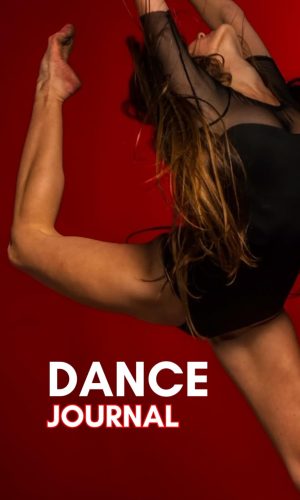

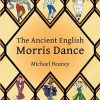
by Ian Brawn
This is a comprehensive history of morris dancing in England, rooted firmly in historical evidence, of which a wealth is provided. Heaney tells us of the arrival of morris as a court dance in the 15th century, its adoption by the wider community, suppression by the puritans, and then it’s re-emergence, evolution and diversification. Fanciful notions of a pre-Christian origin are dealt with on their invention in the 20th century.
For the first 100 years there isn’t much to go on beyond entries in account books, and some of the material in the early chapters might be better in an appendix. By the later 1500s, though, the records start to get more colourful, and we learn more about context, costumes, attitudes and incidents (but not so much about the music and steps, until people started recording such things in the 19th century).
When he reaches the current day, Heaney surveys the full array of varieties, from Cotswold to Carnival. As with the rest of the book, his assessment is informed, insightful and unclouded by mythology.
by Count of the Saxon Shore
Beautifully presented, thoroughly researched, highly detailed treatment of England’s most distinctive historical dance tradition.